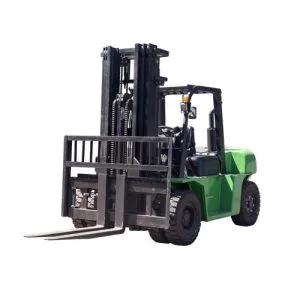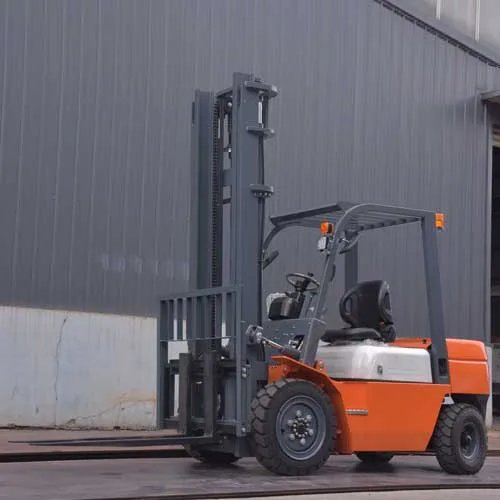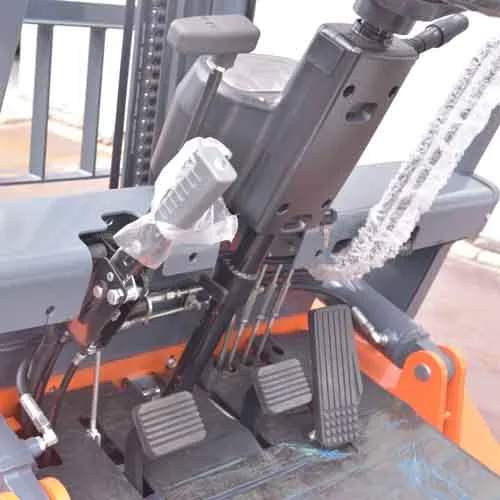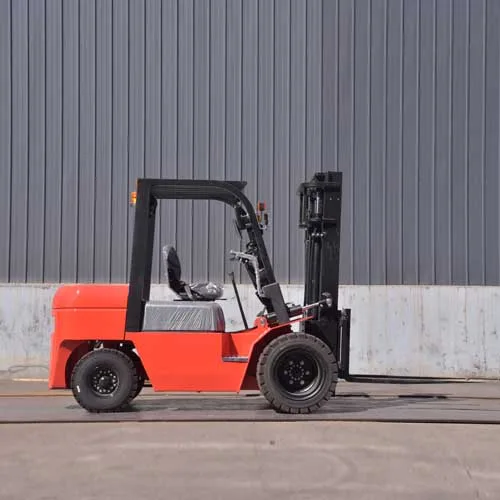-
Lydia@kinglandmachinery.com
-
+86-537-6593739

10 Must-Know Tips for Forklifts Electric
This guide outlines essential tips to help you select the best forklifts electric for your operational needs.

Welcome to My Blog!
Before we dive into the content, I’d love for you to join me on my social media platforms where I share more insights, engage with the community, and post updates. Here’s how you can connect with me:
Facebook:https://www.facebook.com/profile.php?id=100092064188332
Now, let’s get started on our journey together. I hope you find the content here insightful, engaging, and valuable.
Table of Contents
Introduction

Choosing the right forklifts electric is crucial for improving workplace efficiency, reducing costs, and maintaining a safe environment. With the increasing adoption of electric forklifts due to their environmental benefits and lower maintenance requirements, understanding what factors to consider before making a purchase can help businesses maximize their investment. This guide outlines essential tips to help you select the best forklifts electric for your operational needs.
Understanding it and Their Advantages
Forklifts electric have become a popular choice for warehouses, manufacturing plants, and logistics operations due to their energy efficiency and cost-effectiveness. Unlike internal combustion forklifts, which rely on fuel, electric forklifts run on rechargeable batteries, offering quieter operation, zero emissions, and reduced maintenance costs. Their compact design makes them ideal for indoor applications, where maneuverability and minimal noise are essential. Additionally, their long-term cost savings outweigh the higher initial investment, making them a smart choice for businesses looking to optimize their material handling operations.
Evaluating Your Operational Needs
Before investing in forklifts electric, it’s essential to assess your specific business requirements to ensure you select the most suitable model. Consider factors such as load capacity, lift height, and the type of goods you handle daily. If your operations take place primarily indoors, compact models with tight turning radii will be more effective, whereas outdoor operations may require forklifts with weather-resistant features and specialized tires. Battery type is another critical aspect—lithium-ion batteries offer faster charging times and longer lifespans compared to lead-acid batteries, but they come with a higher upfront cost. Understanding these operational requirements will help you choose a forklift that aligns with your business needs.
Comparing Battery Options for it

Battery performance plays a key role in the efficiency of forklifts electric. The table below highlights the differences between lithium-ion and lead-acid batteries, helping you make an informed decision based on charging time, lifespan, and maintenance requirements.
| Feature | Lithium-Ion Battery | Lead-Acid Battery |
|---|---|---|
| Charging Time | 1-2 hours | 6-8 hours |
| Maintenance | Low | High |
| Lifespan | 5+ years | 3-5 years |
| Energy Efficiency | High | Moderate |
| Cost | Higher upfront investment | Lower initial cost |
Assessing Energy Efficiency and Cost Savings
One of the biggest advantages of forklifts electric is their cost-effectiveness over time. While the initial investment may be higher than traditional fuel-powered models, the savings in fuel costs, maintenance, and operational efficiency make them a more economical choice in the long run. Electric forklifts eliminate the need for fuel refills, significantly reducing operating expenses. Additionally, they require fewer mechanical repairs since they have fewer moving parts compared to internal combustion forklifts. Businesses also benefit from increased productivity, as modern electric forklifts come equipped with energy-efficient technology that extends runtime and reduces downtime due to battery charging. By prioritizing energy efficiency, companies can lower their carbon footprint while improving operational performance.
Safety Features to Look for in it
Safety should be a top priority when choosing forklifts electric, as workplace accidents can lead to injuries, equipment damage, and operational disruptions. Advanced safety features such as automatic braking systems, stability controls, and enhanced visibility mechanisms help operators maintain control and prevent accidents. Ergonomic designs also play a crucial role in operator comfort, reducing fatigue and improving overall productivity. Choosing a model with adjustable seating, intuitive controls, and clear visibility ensures a safer and more efficient working environment. Investing in forklifts with built-in safety features not only protects workers but also enhances workflow efficiency.
Maintenance Requirements for it

Regular maintenance is essential to ensure forklifts electric operate efficiently and have a long lifespan. Unlike internal combustion forklifts, electric models require less maintenance, but their batteries need consistent monitoring. Proper battery care, including following correct charging cycles and keeping terminals clean, can prevent performance issues. Regular inspections of tires, electrical components, and hydraulic systems also help maintain efficiency and prevent unexpected breakdowns. Following the manufacturer’s guidelines for maintenance schedules ensures optimal performance and longevity, reducing downtime and repair costs in the long run.
Choosing the Right Supplier
Finding a reliable supplier is just as important as selecting the right forklift model. A trustworthy supplier provides high-quality equipment, reliable after-sales service, and access to spare parts when needed. Before making a purchase, it’s advisable to research suppliers, read customer reviews, and compare warranties and service agreements. Price should not be the sole deciding factor—considering factors such as product durability, service support, and financing options will help businesses make a more informed investment. Partnering with a reputable supplier ensures that you receive a forklift that meets your operational demands while having access to professional support when required.
Conclusion

Investing in the right forklifts electric requires careful consideration of battery type, operational needs, safety features, and long-term maintenance. By evaluating these factors, businesses can maximize productivity, reduce costs, and ensure safe material handling operations. Explore the best forklifts electric today to improve efficiency and streamline your workflow!
What is the lifespan of forklifts electric?
With proper maintenance, forklifts electric can last between 10 to 15 years, depending on usage and battery type.
Can forklifts electric be used outdoors?
Yes, but they may require additional weatherproofing and specialized tires for rough terrain.
How often do forklifts electric batteries need replacement?
Lead-acid batteries typically last 3-5 years, while lithium-ion batteries can last over 5 years with proper care.
How long does it take to charge forklifts electric?
Lithium-ion batteries take about 1-2 hours to charge, while lead-acid batteries require 6-8 hours.
Are forklifts electric more cost-effective than fuel-powered forklifts?
Although forklifts electric have a higher initial cost, they provide significant savings in fuel, maintenance, and long-term operation.



